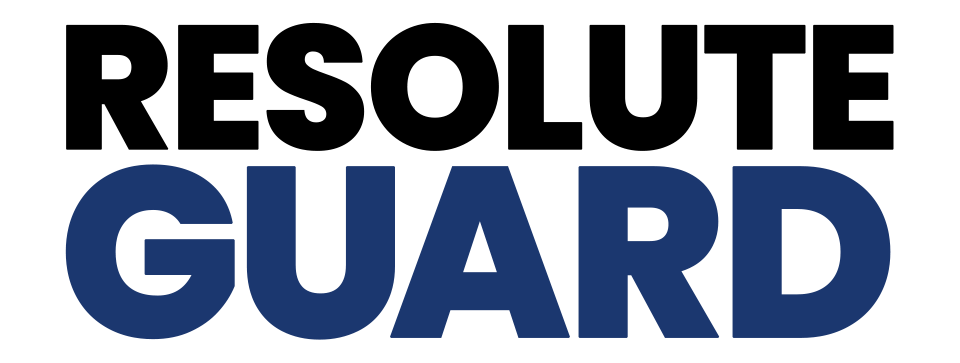Multi-Factor Authentication
- Home
- Multi-Factor Authentication
Boost Security with Multi-Factor Authentication (MFA)
Protect your organization from cyber threats by adding an extra layer of security with MFA solutions.
We offer a range of Multi-Factor Authentication (MFA) solutions tailored to meet your organization’s specific security needs. Whether you require mobile app authentication, biometric verification, or advanced hardware tokens, we have the right solution for you to enhance security and protect your valuable data.
Learn How We Help 500+ Public Entities with Multi-Factor Authentication:
Key Benefits of MFA for Public Entities
Public entities handle sensitive data, such as personal information, financial records, and critical infrastructure systems. Implementing MFA offers the following benefits:
Enhanced Security
With MFA, an additional layer of protection beyond just passwords keeps your data and systems safe from unauthorized access.
Reduced Risk of Cyber Breaches
Even if passwords are stolen, MFA ensures attackers cannot access your sensitive information, stopping cyber threats before they escalate.
Compliance with Industry Standards
MFA helps you meet regulatory requirements for data security, ensuring your organization stays compliant with industry standards like HIPAA, GDPR, and PCI-DSS.
Scalable and Flexible
Whether you're a small organization or a large enterprise, our MFA solutions can be customized to fit your organization's size and security needs.
Improved User Experience
With modern MFA methods like biometrics and push notifications, authentication is fast, user-friendly, and seamless—minimizing disruption for your team.
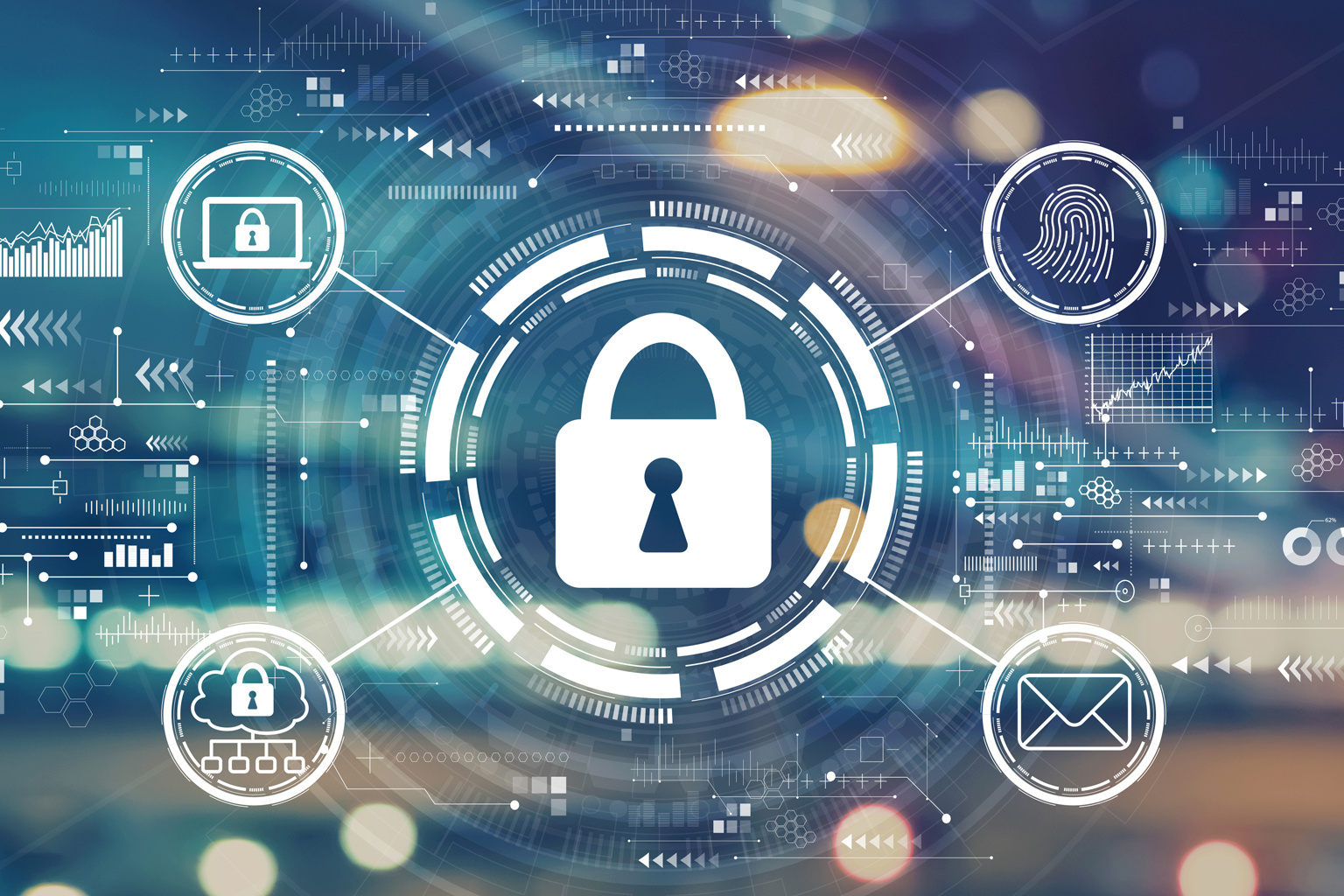
Why MFA is Essential for Your Organization
With cyber threats becoming more advanced, relying on passwords alone is no longer enough to keep your organization secure. Multi-Factor Authentication (MFA) requires more than one method of verification, which significantly reduces the likelihood of unauthorized access. Whether you’re protecting sensitive data, systems, or customer information, MFA provides the extra defense your organization needs to stay secure.
Tailored MFA Solutions for Your Needs
Every organization is unique, which is why we offer a range of MFA solutions designed to meet your specific security needs. From easy-to-use mobile authentication apps to advanced biometric and hardware token options, we ensure that you have the flexibility to implement the right MFA solution for your organization.
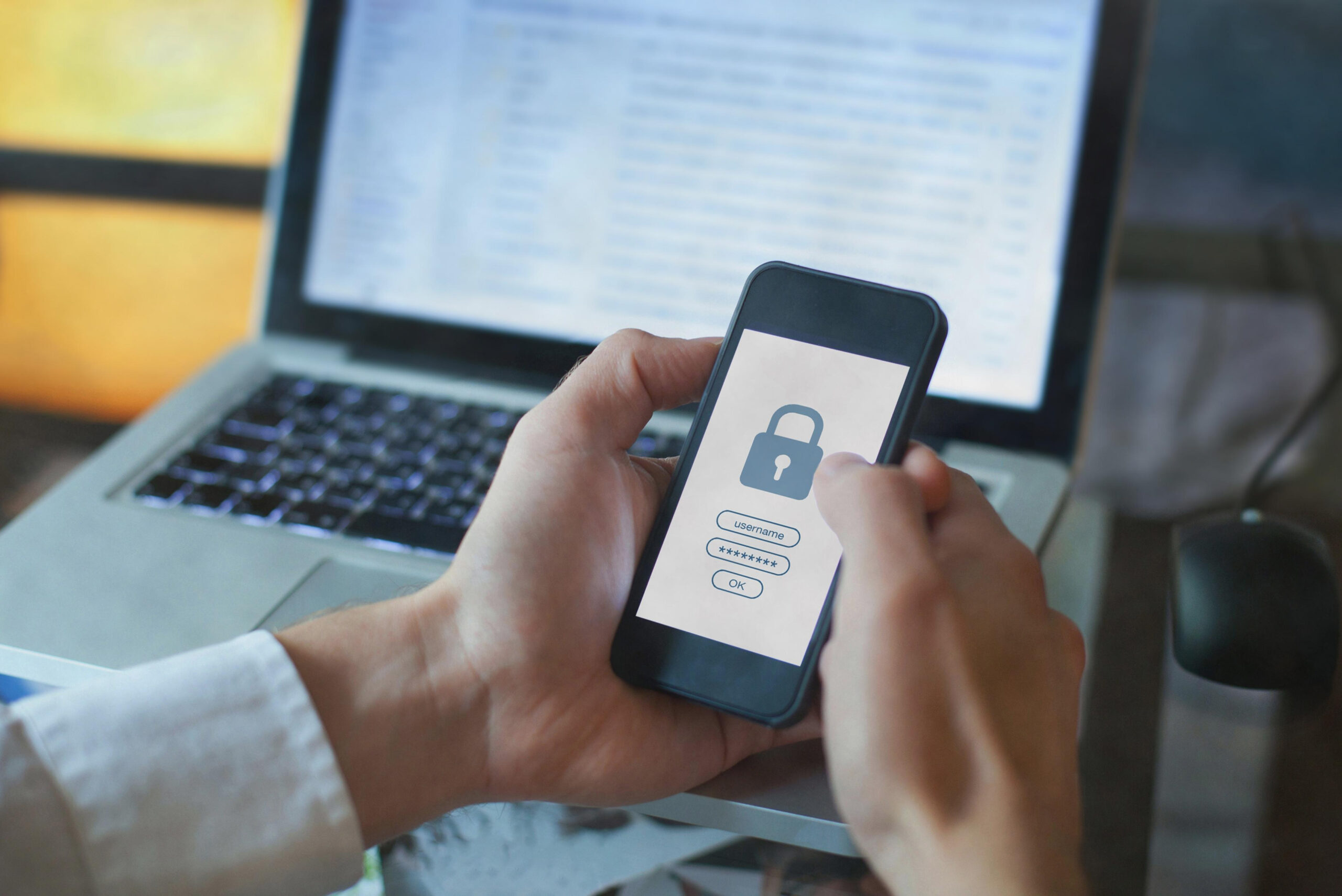
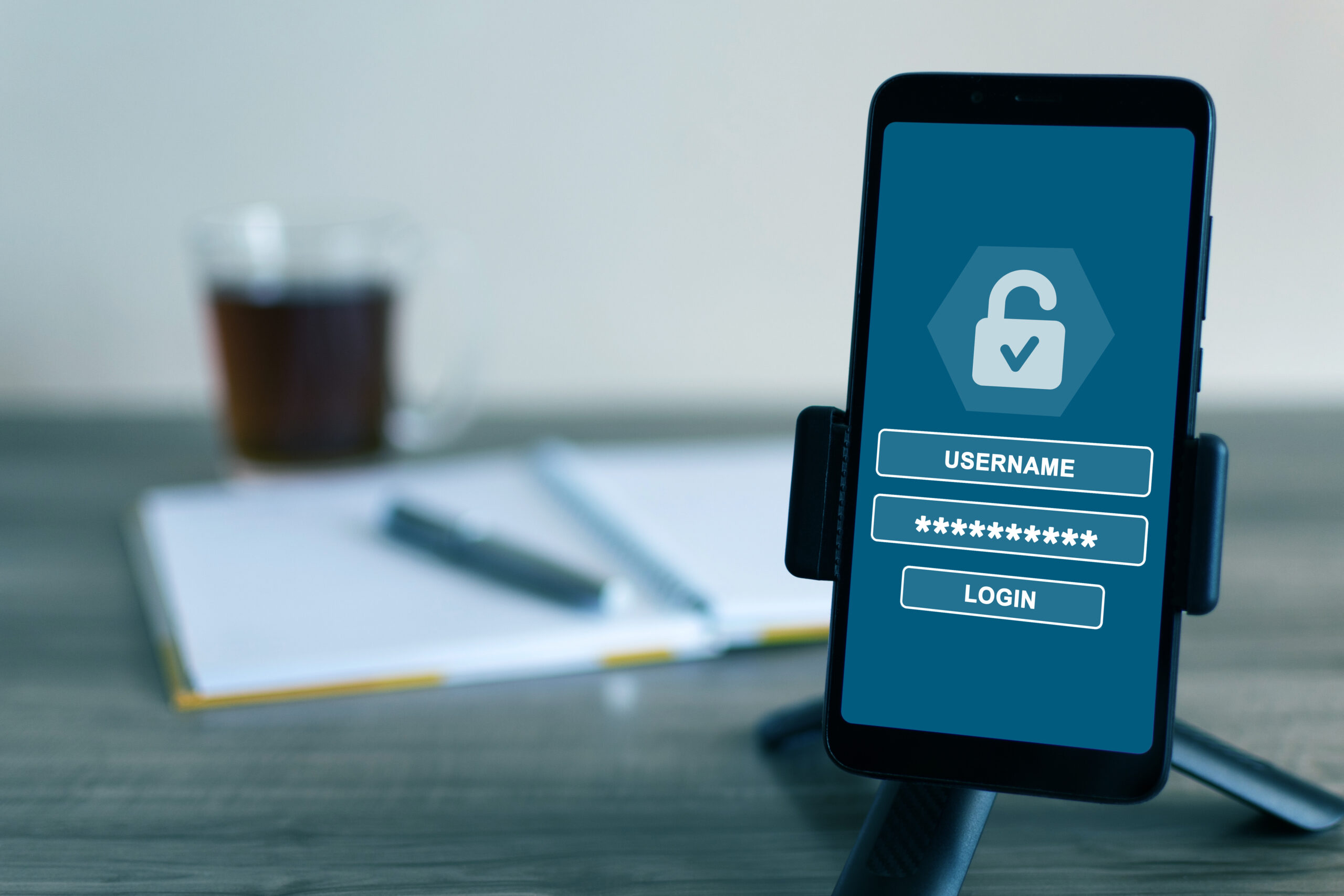
What Happens Without MFA?
Without MFA, your organization becomes more vulnerable to cyber attacks, including:
- Data Breaches: Stolen credentials can lead to unauthorized access to sensitive information, exposing your organization to breaches and compliance violations.
- Ransomware and Malware: Cybercriminals could use stolen credentials to launch ransomware attacks, locking you out of critical systems and demanding a ransom.
- Reputation Damage: A security breach can severely damage your organization's reputation, eroding customer trust and causing organization disruptions.
- Financial Losses: The cost of dealing with a data breach—fines, legal fees, and recovery expenses—can be devastating to your bottom line.
Key Components of an MFA Strategy for Public Entities
Identify Critical Systems and Data
- Prioritize MFA implementation for systems containing sensitive or mission-critical data:
- Financial systems
- Citizen information databases
- Email and collaboration tools
- Remote access systems
- Supervisory control and data acquisition (SCADA) systems for utilities
Choose the Right MFA Methods
Select methods suitable for public entities, balancing security, cost, and user convenience:
- Hardware Tokens: Ideal for high-security needs (e.g., government officials).
- Mobile Apps: Common and user-friendly (e.g., Google Authenticator, Microsoft Authenticator).
- SMS/Email Codes: Less secure but useful for broader adoption in low-risk environments.
- Biometric Authentication: High security but requires specialized hardware.
Implement Role-Based Access Controls
- Integrate MFA with role-based access to ensure employees only access the systems they need for their role.
- Apply stricter MFA policies for users with administrative privileges or access to sensitive data.
Integrate with Existing Infrastructure
- Ensure MFA solutions are compatible with existing IT systems:
- Directory services like Active Directory or LDAP.
- Single sign-on (SSO) solutions to streamline authentication across multiple systems.
Provide Offline and Backup Options
- Offer alternatives for users who lose access to their primary authentication method:
- Backup codes
- Secondary email addresses
- Customer service recovery processes
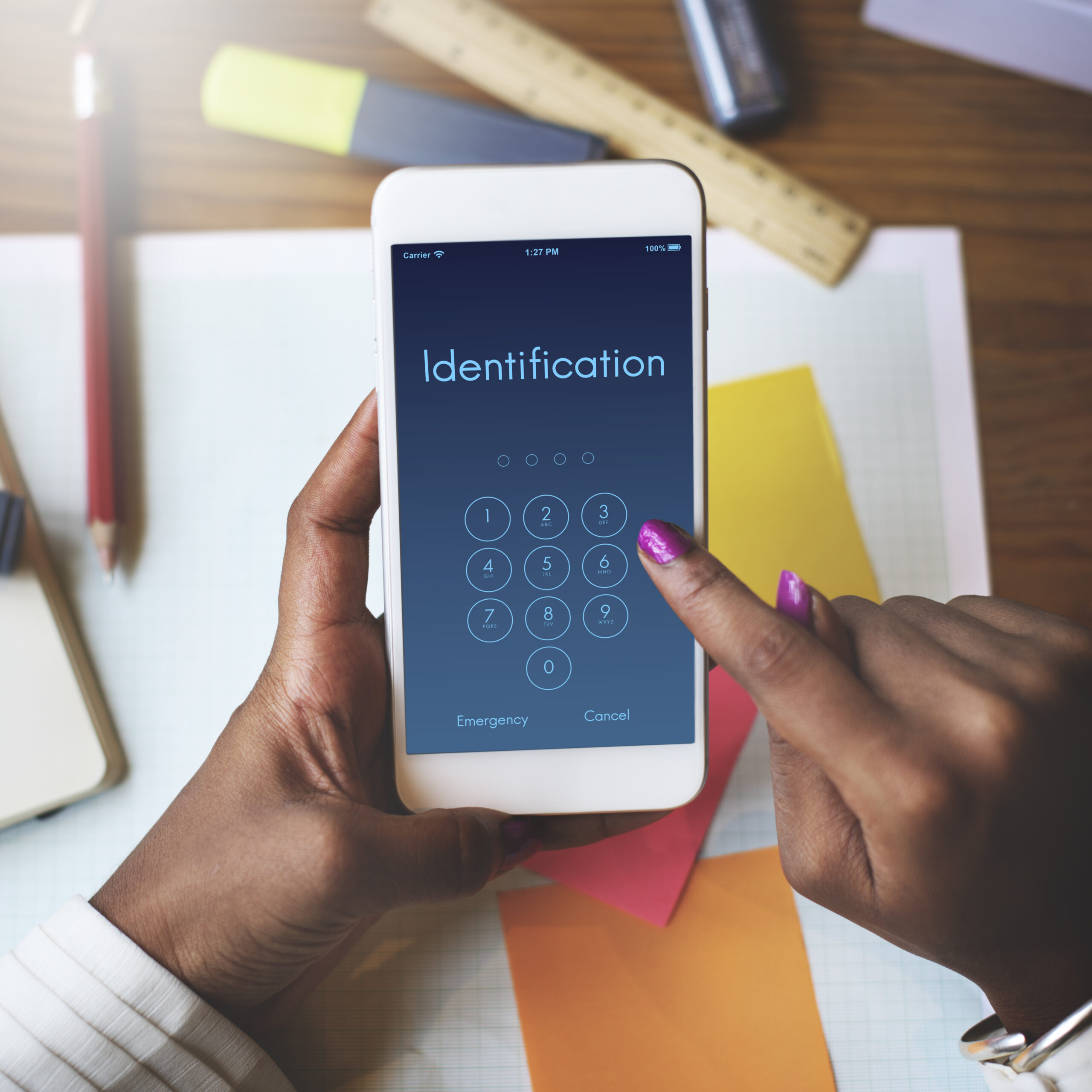
Best Practices for MFA in Public Entities
- Use Risk-Based Authentication: Implement adaptive MFA, which evaluates the context of a login attempt (e.g., location, device, behavior) and applies additional factors only when risk is detected.
- Ensure Accessibility: Offer accessible MFA options for users with disabilities, ensuring compliance with accessibility standards.
- Enforce Strong Password Policies: Combine MFA with strong password practices, such as requiring complex passwords and periodic updates.
- Regularly Audit and Update MFA Policies: Perform periodic audits to ensure MFA is being used effectively and update policies based on new threats or technology advancements.
- Balance Security and User Experience: Avoid overly complex setups that may discourage users from adopting MFA. Provide clear instructions and responsive support to ensure smooth implementation.
Challenges and How to Overcome Them
- Resistance to Change: Emphasize the importance of MFA for protecting sensitive data and provide comprehensive training and support.
- Budget Constraints: Start with open-source or low-cost MFA solutions and prioritize critical systems.
- Legacy Systems: Work with vendors or IT teams to integrate MFA with older systems or consider upgrading to MFA-compatible platforms.
- Device Dependency: Provide multiple authentication options to accommodate users without smartphones or consistent access to hardware tokens.
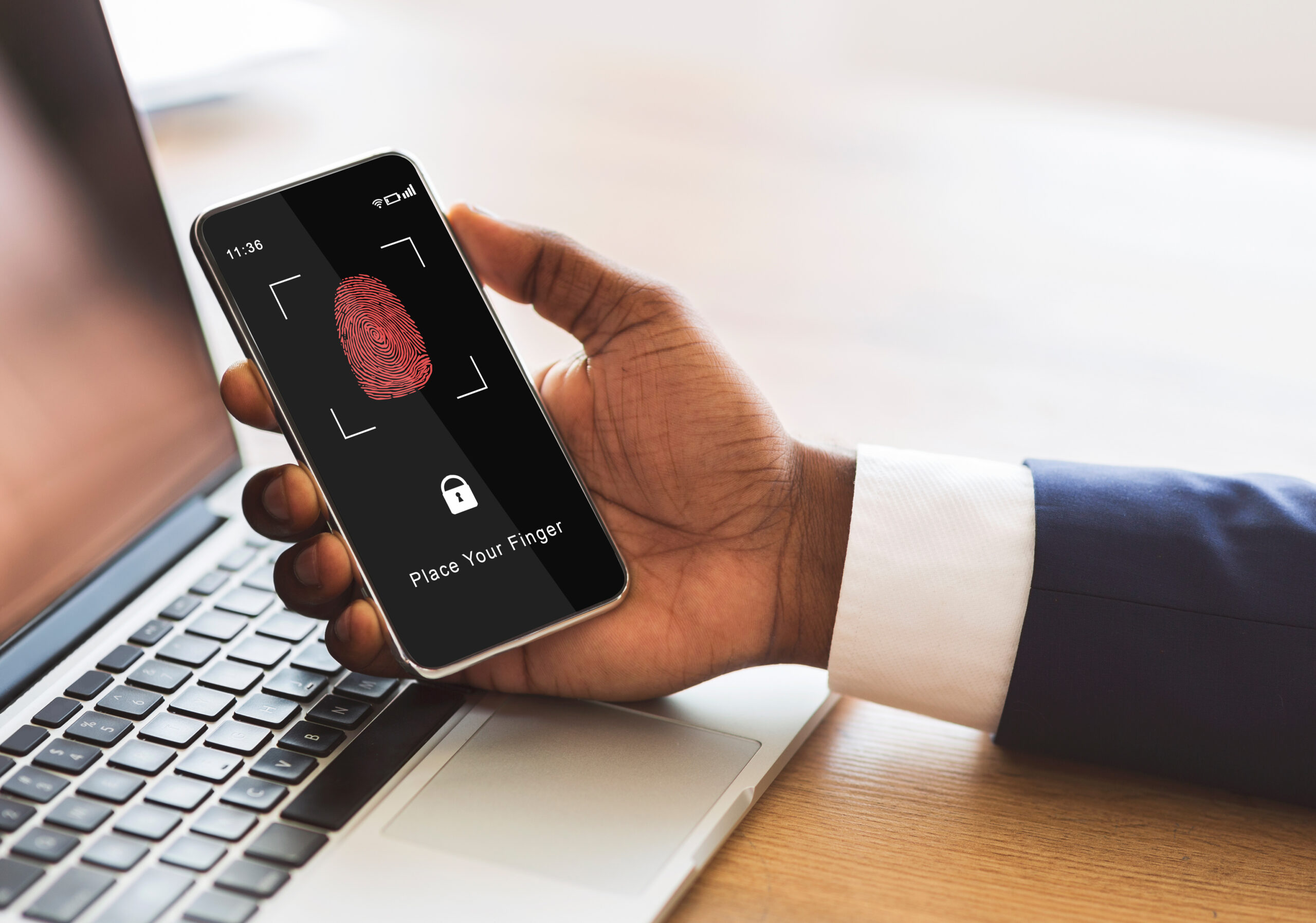
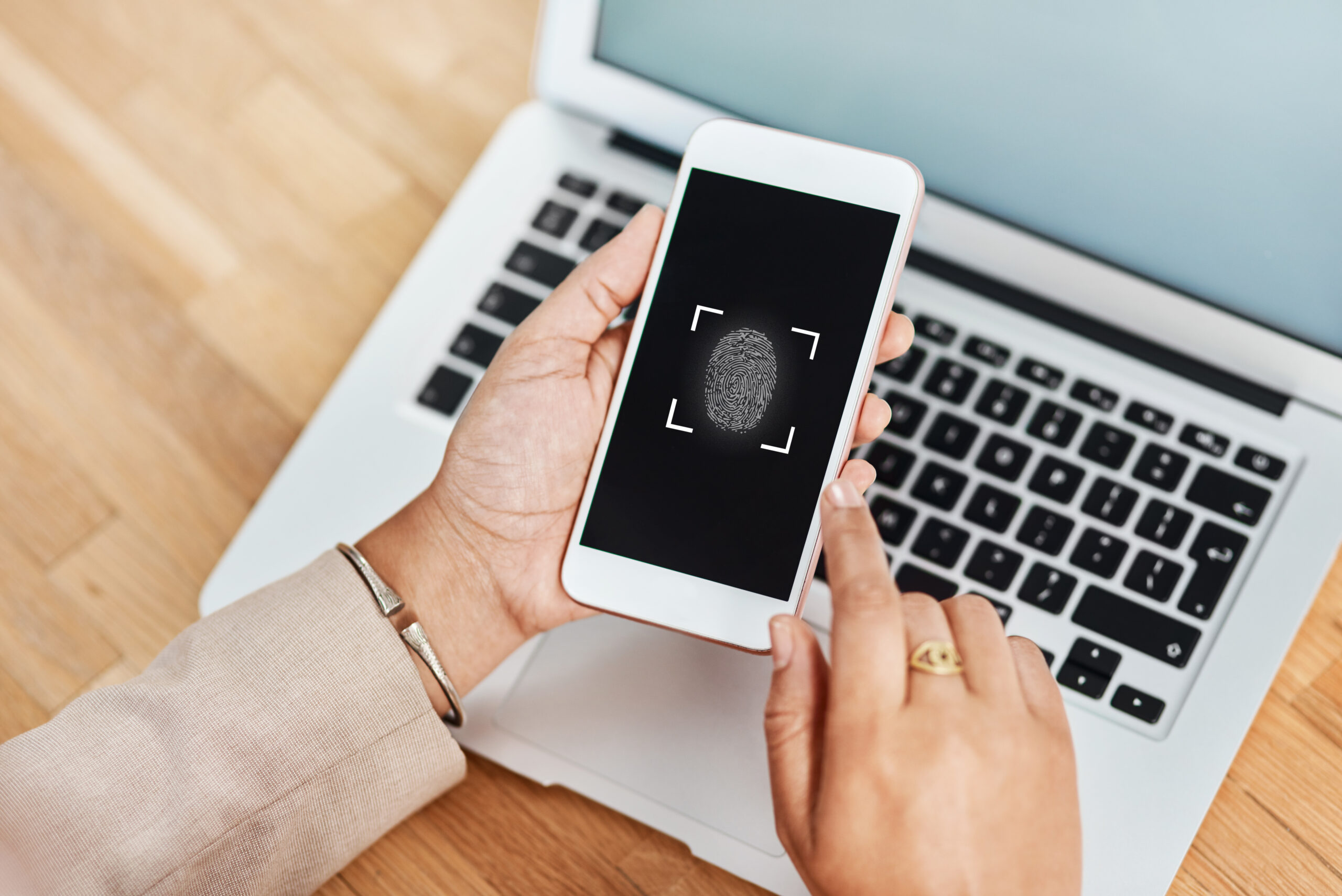
Regulatory and Compliance Considerations
Public entities must ensure MFA aligns with regulations and standards:
- NIST 800-63B: Provides guidelines for digital identity verification and authentication.
- CISA Recommendations: Advocates for MFA adoption as part of cybersecurity best practices for government organizations.
- HIPAA: Requires safeguarding electronic protected health information (ePHI) with secure access controls.
Benefits of MFA for Public Entities
- Reduces the likelihood of breaches and data theft.
- Enhances operational efficiency by minimizing downtime from compromised accounts.
- Demonstrates a proactive approach to cybersecurity, boosting public confidence.
- Meets compliance requirements, avoiding penalties and legal challenges.
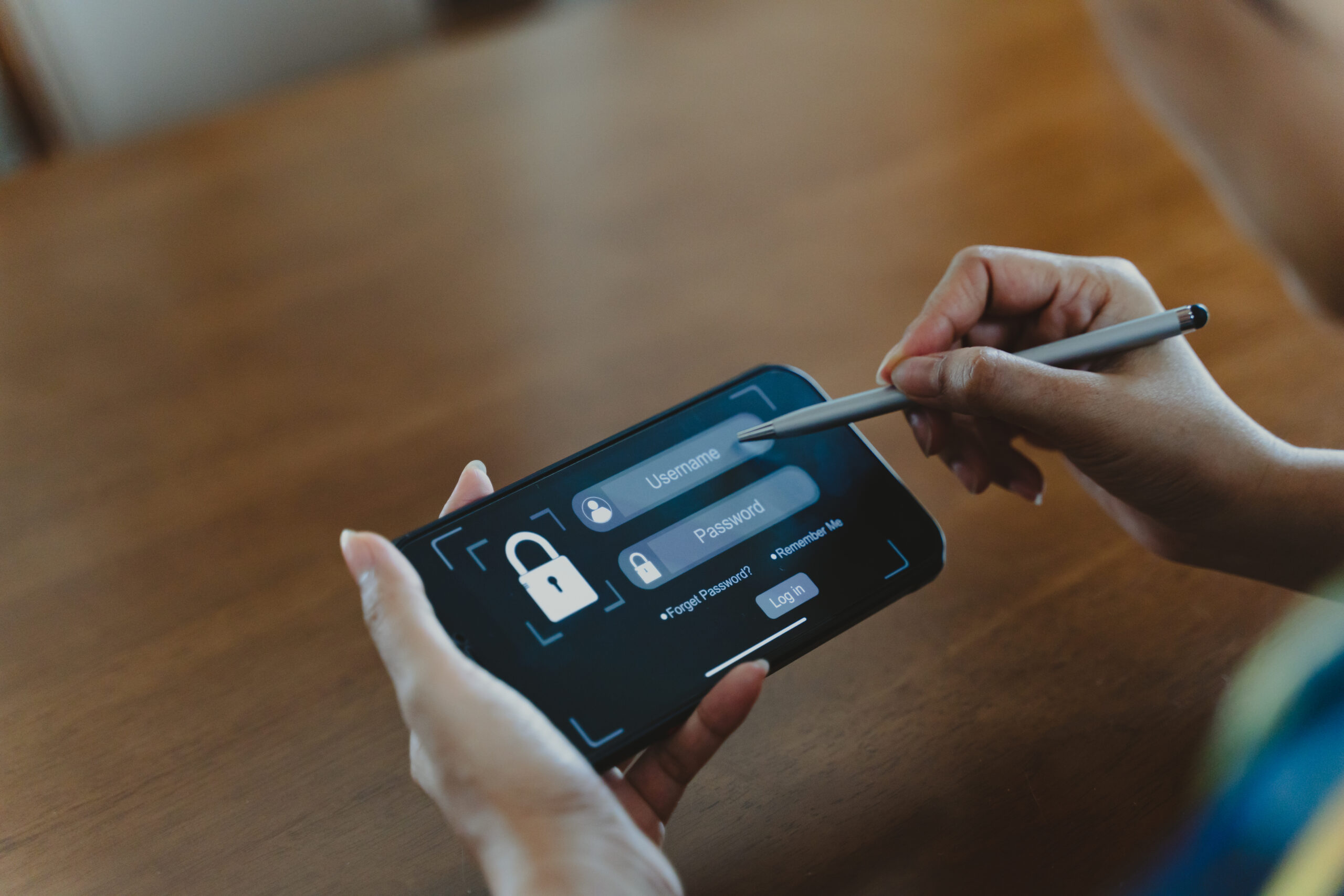
Public entities must treat MFA as a foundational component of their cybersecurity strategies. By continuously expanding and refining MFA systems, integrating them with broader security frameworks, and fostering a culture of cybersecurity awareness, organizations can protect sensitive data, maintain public trust, and stay ahead of evolving threats.
Get Started and Learn More Today

Email a Specialist
Speak with a ResoluteGuard specialist to learn how you can improve your cybersecurity posture.

Schedule a Demo
Learn in real-time how ResoluteGuard can provide cybersecurity protection.

Give Us a Call!
Can’t wait to speak with us? Give us a call directly to learn how we can improve your cybersecurity posture.
